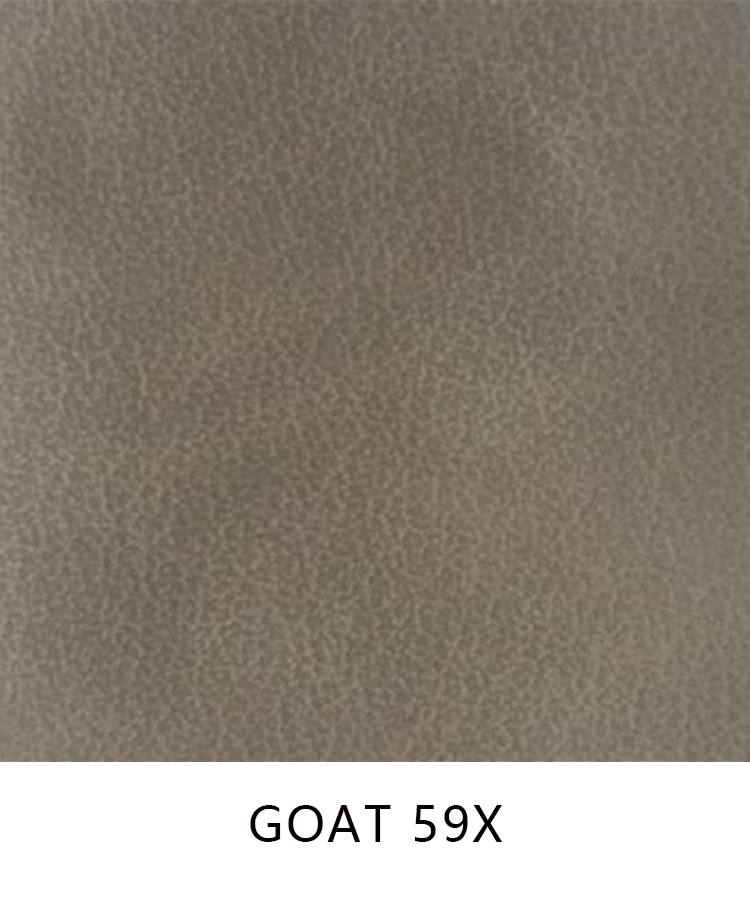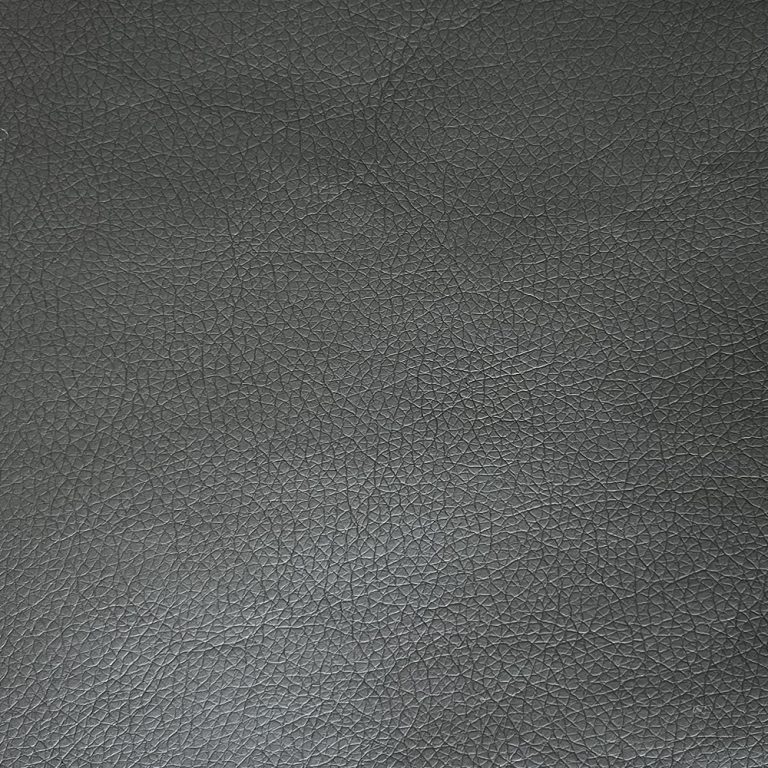Table of Contents
Pros and Cons of Synthetic Leather Sofas
Synthetic leather, also known as faux leather or vegan leather, has become a popular choice for furniture upholstery, including sofas. Made from a combination of plastic and fabric, synthetic leather offers a more affordable and animal-friendly alternative to genuine leather. However, like any material, synthetic leather has its own set of pros and cons that should be considered before making a purchase.
One of the main advantages of synthetic leather sofas is their affordability. Compared to genuine leather, which can be quite expensive, synthetic leather is a more budget-friendly option that allows consumers to enjoy the look and feel of leather without breaking the bank. This makes synthetic leather sofas a great choice for those on a tight budget or looking to save money on furniture.

Another benefit of synthetic leather sofas is their durability. Synthetic leather is typically more resistant to stains and fading than genuine leather, making it a practical choice for households with children or pets. Additionally, synthetic leather is easier to clean and maintain, requiring only a simple wipe down with a damp cloth to keep it looking its best.
In terms of aesthetics, synthetic leather sofas offer a wide range of colors and textures to choose from, allowing consumers to find a style that suits their personal taste and home decor. Whether you prefer a sleek and modern look or a more traditional design, there is a synthetic leather sofa to fit your needs.
Despite these advantages, there are some drawbacks to consider when it comes to synthetic leather sofas. One of the main concerns with synthetic leather is its environmental impact. The production of synthetic leather involves the use of chemicals and petroleum-based materials, which can have a negative impact on the environment. Additionally, synthetic leather is not biodegradable, meaning that it will not break down naturally over time.
Another downside to synthetic leather sofas is their breathability. Unlike genuine leather, which is a natural material that allows air to flow through, synthetic leather can be less breathable and may cause discomfort in hot weather. This can be a concern for those living in warmer climates or looking for a sofa that provides maximum comfort.
In terms of longevity, synthetic leather sofas may not last as long as genuine leather sofas. While synthetic leather is durable and resistant to stains, it can be prone to cracking and peeling over time, especially with heavy use. This can result in a shorter lifespan for synthetic leather sofas compared to their genuine leather counterparts.
| Article Name | Sofa Material pu leather |
| Nr. | 1 |
In conclusion, synthetic leather sofas offer a cost-effective and animal-friendly alternative to genuine leather. With their affordability, durability, and wide range of styles, synthetic leather sofas are a practical choice for many consumers. However, it is important to consider the environmental impact, breathability, and longevity of synthetic leather before making a purchase. Ultimately, the decision to choose a synthetic leather sofa will depend on your personal preferences and priorities.
How to Care for and Maintain Synthetic Leather Sofas
Synthetic leather sofas have become increasingly popular in recent years due to their affordability, durability, and ease of maintenance. While they may not have the same luxurious feel as genuine leather, synthetic leather sofas are a great alternative for those looking for a more budget-friendly option that still looks stylish and modern.
One of the key benefits of synthetic leather is that it is much easier to clean and maintain than genuine leather. To keep your synthetic leather sofa looking its best, it is important to follow a few simple care and maintenance tips.
First and foremost, it is important to regularly dust and vacuum your synthetic leather sofa to remove any dirt, dust, or debris that may have accumulated on the surface. This will help prevent scratches and damage to the material over time. You can use a soft brush attachment on your vacuum cleaner to gently remove any dirt or debris from the surface of the sofa.
In addition to regular cleaning, it is also important to avoid placing your synthetic leather sofa in direct sunlight or near heat sources such as radiators or fireplaces. Exposure to heat and sunlight can cause the material to fade, dry out, and crack over time. To protect your sofa from these elements, consider placing it in a shaded area or using curtains or blinds to block out direct sunlight.
If your synthetic leather sofa does become stained or soiled, it is important to act quickly to remove the stain before it sets in. To clean stains from synthetic leather, you can use a mild soap and water solution or a commercial leather cleaner. Be sure to test any cleaning solution on a small, inconspicuous area of the sofa first to ensure that it does not cause damage to the material.

When cleaning your synthetic leather sofa, it is important to use a soft, non-abrasive cloth to avoid scratching or damaging the material. Gently blot the stain with the cleaning solution, being careful not to rub too hard as this can cause the stain to spread or become more difficult to remove. Once the stain has been removed, be sure to rinse the area with clean water and dry it thoroughly with a soft cloth.
In addition to regular cleaning and stain removal, it is also important to condition your synthetic leather sofa periodically to keep it looking its best. Conditioning the material helps to restore moisture and flexibility to the material, preventing it from drying out and cracking over time. You can use a commercial leather conditioner or a mixture of equal parts vinegar and linseed oil to condition your synthetic leather sofa.
By following these simple care and maintenance tips, you can keep your synthetic leather sofa looking its best for years to come. With regular cleaning, stain removal, and conditioning, you can enjoy the beauty and durability of your synthetic leather sofa for many years to come.







